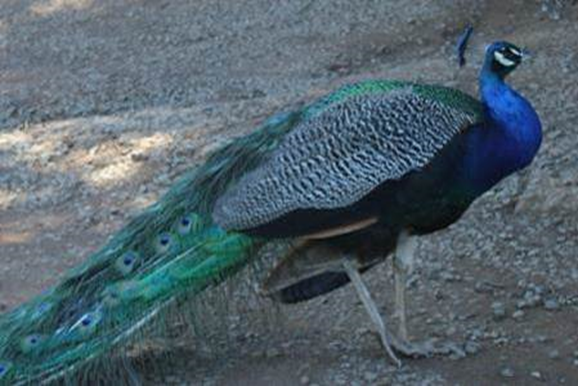C·I·B researcher, Charles Griffiths, is a co-author on a recently-published study that shows major changes in the invertebrate community of a small, urban estuary resulting from the proliferation of alien reef-building worms, Ficopomatus enigmaticus.
Ficopomatus enigmaticus is a highly invasive species that modifies the habitat it lives in. Species that are able to change the new area they inhabit are referred to as ecosystem engineers. F. enigmaticus, originally from Australia, has been spread around the world, colonising brackish waters in many tropical and subtropical areas. These worms create large reefs that consist of dense networks of calcareous tubes. These networks of tubes change the physical environment, providing habitat, food and a substratum for associated organisms.
Zandvlei, a small urban estuary in Cape Town, is a temporarily open/closed system that has been highly modified through human activities. Modification included the stabilisation of parts of the shore into steep concrete banks, canalisation of the estuary mouth and the development of a marina system. Through these developments, large areas of hard substratum were created within a system that previously consisted of soft sand.

The study conducted by C·I·B researcher, Charlie Griffiths, and colleague, Kirsty McQuaid, measured the spread of F. enigmaticus and investigated its role as an ecosystem engineer in the Zandvlei estuary. F. enigmaticus abundance has increased greatly over the past decades, due both to an increase in the total area colonised and standing stock per m2. Since the reefs support a greater biomass of the animal community than the neighbouring sandy areas, the total invertebrate biomass in the estuary is estimated to have increased by almost 200 fold from 1942 to 2012. A positive correlation was found between reef mass and the biomass, density and diversity of the animal community.
This study highlights the major impact that alien species can have on invaded systems. “This worm now controls almost the entire animal community in this and other nearby estuaries.” says Charles Griffiths, co-author of the paper published in Estuarine, Coastal and Shelf Science.
Read the paper
For more information, contact Kirsty McQuaid at kirstymcquaid@gmail.com or Charles Griffiths at Charles.griffiths@uct.ac.za


